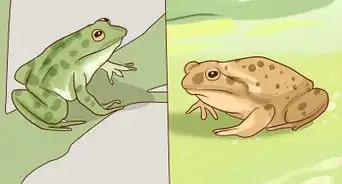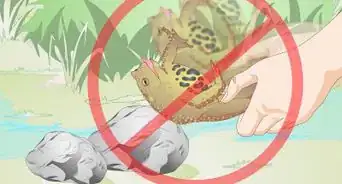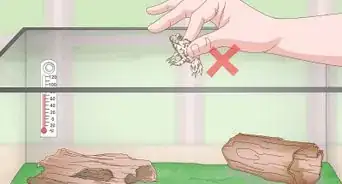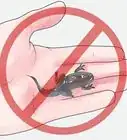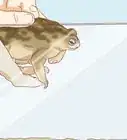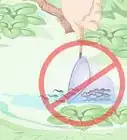This article was co-authored by wikiHow Staff. Our trained team of editors and researchers validate articles for accuracy and comprehensiveness. wikiHow's Content Management Team carefully monitors the work from our editorial staff to ensure that each article is backed by trusted research and meets our high quality standards.
This article has been viewed 13,248 times.
Learn more...
Toads are often highly beneficial to your yard and garden, eating tons of insect pests such as flies and mosquitoes. But sometimes they can be an invasive nuisance and need to be removed. There are actually a lot of simple changes you can make to your yard or garden to drive away toads and keep them from coming back without having to kill them. However, it’s possible to humanely kill toads in a refrigerator or using specific pesticides, especially if you’re dealing with invasive, poisonous toads like cane toads.
Steps
Refrigerating Toads
-
1Place the toads in a plastic bag and tie it closed with a small gap for air. Put on a pair of gloves to keep your hands clean and pick up the toads and place them in a plastic bag, such as a grocery bag or gift bag. Tie the bag closed so it’s shut and the toads can’t get out, but it isn’t sealed so they don’t suffocate.[1]
- Suffocation is a painful and inhumane way to kill toads.
- You could also poke a few small holes into the bag to allow air in so the toads can breathe.
-
2Put the plastic bag into an open container. Place the bag into a large bowl or plastic container so they toads won’t knock the bag over if they hop around. Don’t seal the container shut or the toads could suffocate and die slowly and painfully.[2]Advertisement
-
3Stick the container in your refrigerator for 12 hours. Put the container with the plastic bag full of toads into your refrigerator to slowly cool down the toads until they’re unconscious. After about 12 hours, check the bag to see if the toads are sedated.[3]
- If the toads are still active, leave them in the refrigerator for another 2-3 hours, then check them again.
Did you know?
Cooling the toads down slowly renders them unconscious without causing any pain.
-
4Remove the container and place it in your freezer for 24 hours. Once the toads are sedated, take the container out of your refrigerator and place it into your freezer. Leave the toads for a full day so they’re fully frozen and die painlessly. After a day, check the container to see if the toads are completely frozen through and dead.[4]
- Some frogs can survive being frozen, but toads cannot.
-
5Take the container out of your freezer and dispose of the dead toads. Remove the container from the freezer and take the plastic bag full of dead toads out of it. Throw the bag into the garbage to dispose of the toads, or dig a hole and bury the dead toads in the ground to get rid of them.[5]
- Take the toads out of the plastic bag if you plan to bury them.
Applying Pesticide
-
1Choose a pesticide designed to kill toads specifically. Applying a standard pesticide to kill toads will cause them pain and take several hours to kill them. The more humane option is to use a pesticide that’s specifically designed to kill toads quickly and efficiently. Look for a toad-specific pesticide to use.[6]
- You may be able to find toad-specific pesticides at your local hardware store, but you may need to order some online.
- Toad sprays designed for cane toads, such as HopStop, are effective against all types of toads.
-
2Use a sprayer to spray the toads with pesticide. Add your pesticide to a large 1 gallon (3.8 L) sprayer. Spray the entire area that’s infested with toads so the solution comes into direct contact with them.[7]
- You can find sprayers at your local hardware or home improvement store.
-
3Check the toads after 2 hours and dispose of them. Allow the pesticide enough time to effectively kill the toads. After about 2 hours, check the area for dead toads. Collect the dead toads and place them into a bag to be disposed of in the garbage, or bury them in the ground.[8]
- Don’t leave the toads out in the open or other wildlife or pets may eat them and could get sick.
Warning: Wear gloves when you’re picking up the toads to avoid getting any pesticide or bacteria from the toads onto your skin.
Deterring Toads without Killing Them
-
1Get rid of any night lighting that could attract insects. Toads eat bugs and other insects, which are attracted to light. If your yard has any sources of night lighting, such as a lamp or a floodlight, remove them to reduce the number of insects in the area, which will help keep toads away.[9]
-
2Remove sources of water from the area. Toads need water to survive, find their food, and hatch their eggs, so take out any ponds or fountains in your yard or outdoor area to deter toads from gathering there. Avoid leaving hoses or sprinklers on that can cause standing water to pool on the ground as well.[10]
- Dump out any pots that collect water after it rains.
-
3Keep the grass in your yard cut short. Tall grass collects more water and gives toads more places to hide and find insects to eat. Mowing your lawn regularly and keeping your grass cut short will help deter toads from living in your yard or outdoor area.[11]
- Mow your lawn at least once a week to keep it cut short.
-
4Put out reptile repellant granules to keep toads away. Snake or reptile repellant granules also work to keep toads away by releasing odors that they don’t like. Look for reptile repellant granules at your local hardware store or order some online. Spread them out over your outdoor area according to the directions on the packaging to deter toads from entering the area.[12]
- Reptile repellant isn’t harmful to toads but will keep them away from the area.
-
5Spread used coffee grounds over the area for a natural toad deterrent. Coffee grounds are pungent and cause discomfort to toads, which will help keep them away from the area. Collect your used coffee grounds and sprinkle it over the ground where you want to keep toads away.[13]
Note: Coffee grounds are acidic and may harm plants that are sensitive to acidic soil, so use caution when you spread them over the soil.
Warnings
- Always check your local rules and regulations online to make sure you can kill the toads in your yard or outdoor area. Some toad species are protected and you could face legal charges for killing them.⧼thumbs_response⧽
References
- ↑ https://kb.rspca.org.au/knowledge-base/what-is-the-most-humane-way-to-kill-a-cane-toad/
- ↑ https://kb.rspca.org.au/knowledge-base/what-is-the-most-humane-way-to-kill-a-cane-toad/
- ↑ https://www.washingtonpost.com/news/speaking-of-science/wp/2015/05/26/the-humane-way-to-kill-a-toad-according-to-science/
- ↑ https://www.sciencedaily.com/releases/2015/05/150526110555.htm
- ↑ https://kb.rspca.org.au/knowledge-base/what-is-the-most-humane-way-to-kill-a-cane-toad/
- ↑ https://kb.rspca.org.au/knowledge-base/what-is-the-most-humane-way-to-kill-a-cane-toad/
- ↑ https://kb.rspca.org.au/knowledge-base/what-is-the-most-humane-way-to-kill-a-cane-toad/
- ↑ https://kb.rspca.org.au/knowledge-base/what-is-the-most-humane-way-to-kill-a-cane-toad/
- ↑ https://pestkilled.com/how-to-get-rid-of-frogs/
- ↑ https://www.environment.nsw.gov.au/topics/animals-and-plants/pest-animals-and-weeds/pest-animals/cane-toads/help-stop-the-spread-of-cane-toads
- ↑ https://pestkilled.com/how-to-get-rid-of-frogs/#Snake_Repellent
- ↑ https://pestkilled.com/how-to-get-rid-of-frogs/#Snake_Repellent
- ↑ https://pestkilled.com/how-to-get-rid-of-frogs/

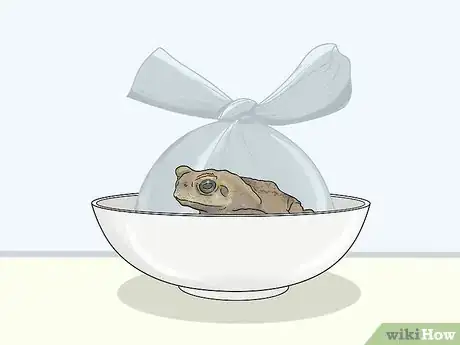

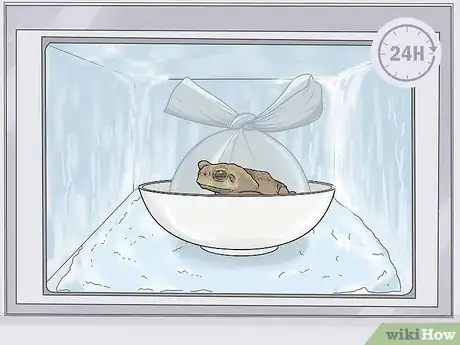
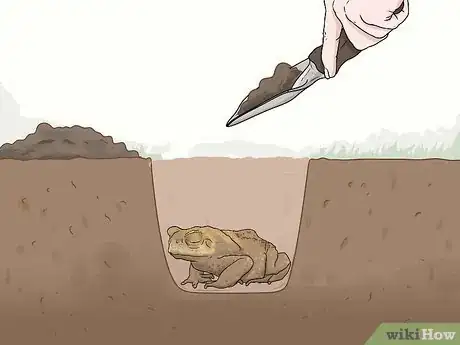
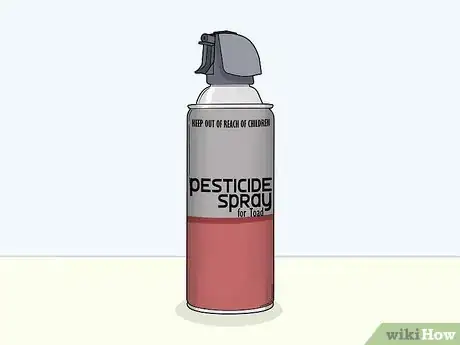
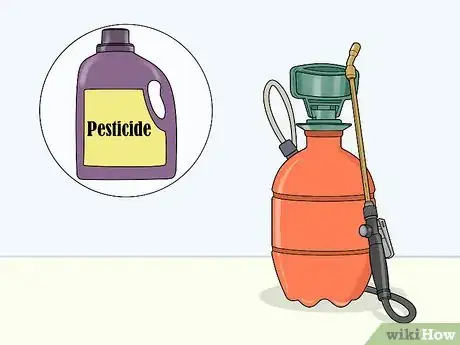
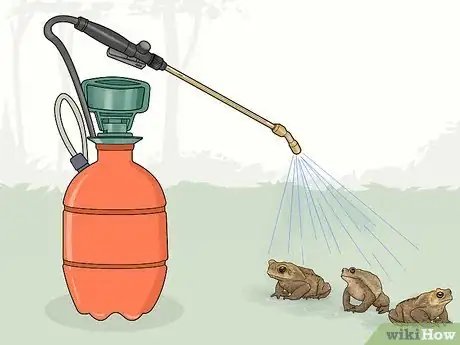
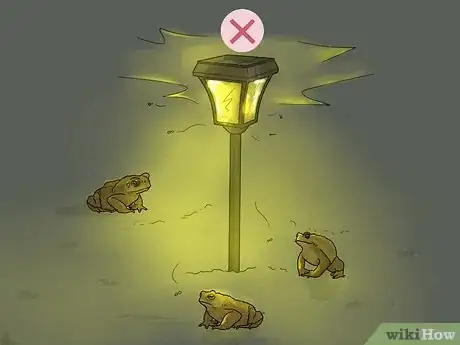
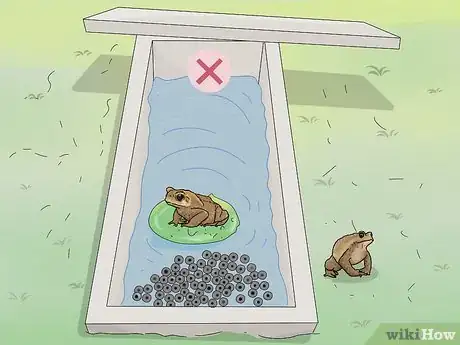

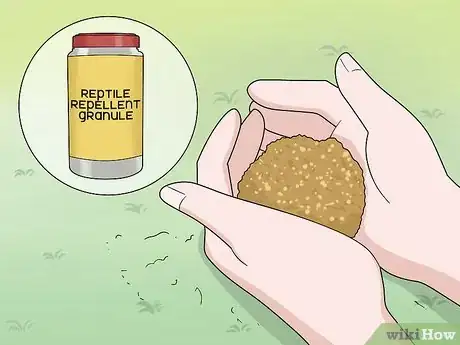
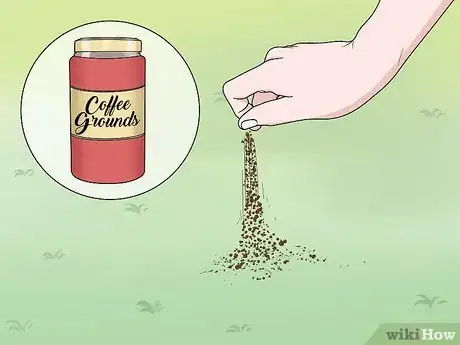
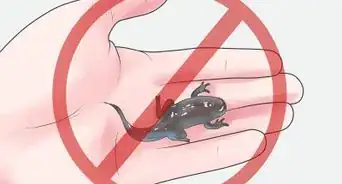
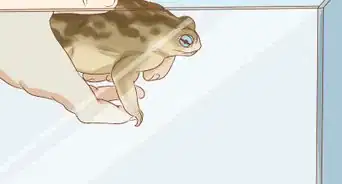

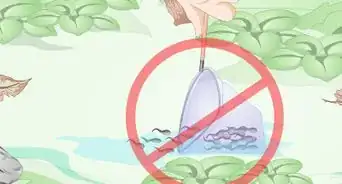

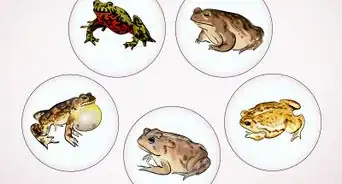
-Step-4.webp)

